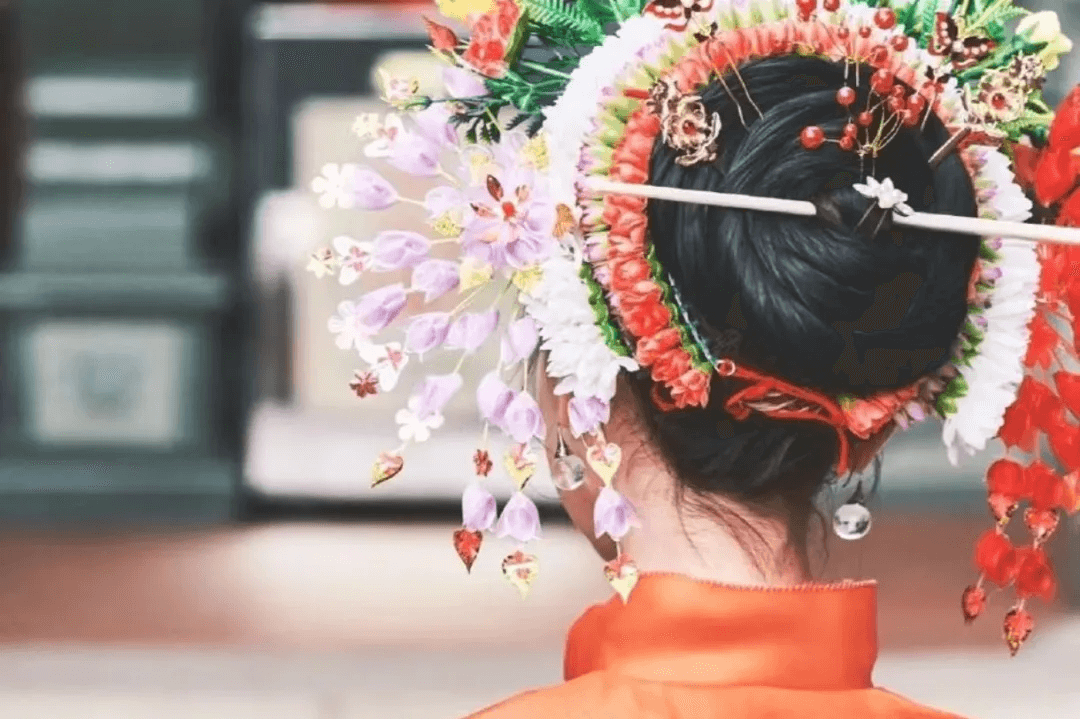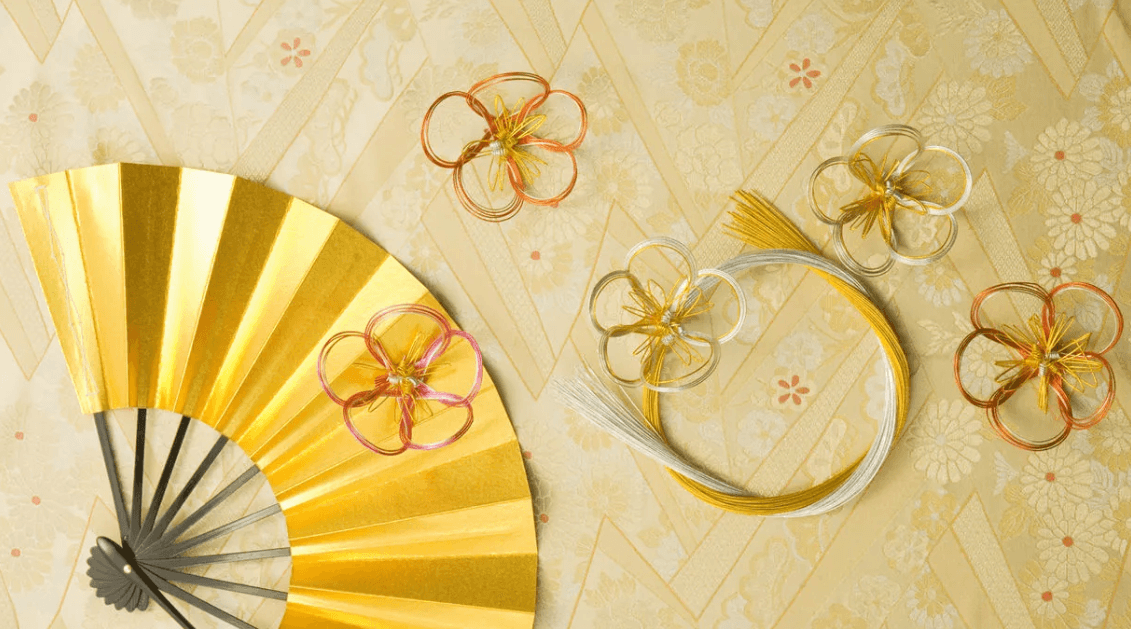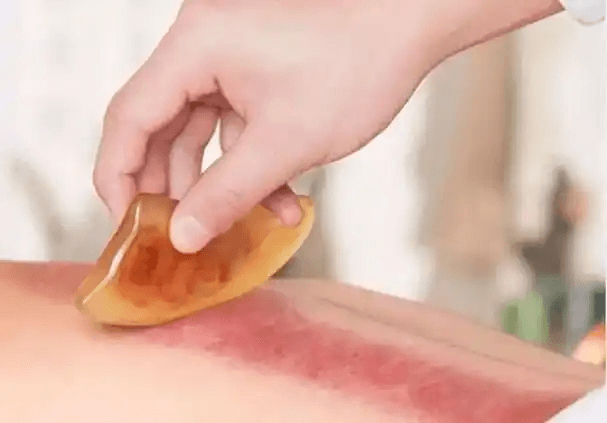1. Origins & Cultural Significance
Zanhua (簪花), meaning "hairpin flowers," is a distinctive hair ornament tradition originating from Xunpu village in Quanzhou, Fujian province. This living cultural heritage involves:
-
Construction: Fresh flowers (jasmine, gardenia) strung into circular wreaths
-
Symbolism: Represents feminine beauty, longevity (chrysanthemums), and protection (jasmine wards off evil)
-
Occasions: Worn during festivals like Shangsi and Chongyang
2. The Complete Zanhua Process
Traditional styling involves meticulous steps:
-
Hair Preparation
-
Hair tied with red string into high ponytail
-
Twisted into flat bun secured with fishbone or ivory chopstick
-
-
Floral Arrangement
-
2-3 layers of fresh flower garlands encircling the bun
-
Ornamental hairpins with gold/silver accents added symmetrically
-
3. Historical Evolution Through Dynasties
| Period | Development | Notable Characteristics |
|---|---|---|
| Han | Early records in "Nan Yue Xing Ji" | Jasmine first used as hair adornment |
| Tang | Peak popularity | Worn by all social classes |
| Song | Institutionalized practice | Mandated flower types for officials |
| Yuan-Ming | Theatrical adaptation | Integrated with stage costumes |
| Modern | Cultural preservation | Featured in weddings/media |
4. The "Flower Competition" Game
This traditional pastime has two variants:
-
Literary Contest:
-
Competitors compare rare flowers
-
Poetic naming of floral specimens
-
-
Physical Challenge:
-
Players cross sturdy grass stems
-
Winner keeps unbroken stem after tug-of-war
-
5. Where to Experience Zanhua Today
-
Xunpu Village: Authentic workshops ($15-30 styling experiences)
-
Cultural Festivals: Quanzhou's annual Zanhua Day (April)
-
Modern Adaptations:
-
Fashion runways (Gucci 2023 Asian collection)
-
Bridal hairstyles (average $200 styling fee)
-
Pro Tip: Fresh jasmine garlands last 2 days when refrigerated overnight.


